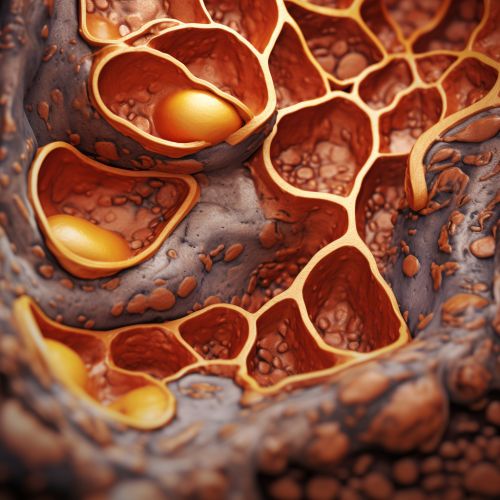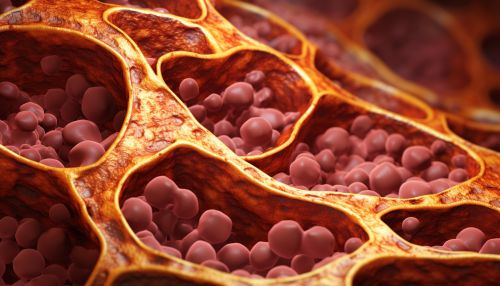Cushing's syndrome
Overview
Cushing's syndrome is a hormonal disorder caused by prolonged exposure of the body's tissues to high levels of the hormone cortisol. Sometimes called hypercortisolism, it is relatively rare and most commonly affects adults aged 20 to 50. People who are obese and have type 2 diabetes, along with poorly controlled blood glucose levels, are more susceptible to the syndrome.
Causes
Cushing's syndrome occurs when the body's tissues are exposed to high levels of cortisol for too long. The most common cause of Cushing's syndrome, accounting for about 70 percent of cases, is the use of oral corticosteroid medication. The condition can also occur when the body produces excess cortisol. This overproduction can be due to the pituitary gland (a small gland at the base of the brain) producing too much adrenocorticotropic hormone (ACTH), which stimulates the adrenal glands to produce cortisol, a condition known as Cushing's disease. Other causes include the adrenal glands themselves producing too much cortisol, or rarely, a tumor elsewhere in the body causing the adrenal glands to produce too much cortisol.


Symptoms
Symptoms of Cushing's syndrome can start suddenly or gradually. They tend to get worse over time if not treated. Common symptoms include weight gain, particularly around the midsection and upper back, in the face (moon face), and between the shoulders (buffalo hump); skin changes, such as bruising easily and purple or pink stretch marks on the skin of the abdomen, thighs, breasts and arms; and thinning, fragile skin that heals slowly.
Diagnosis
Diagnosis of Cushing's syndrome can be complex and difficult, as the symptoms can mimic those of other conditions. The process usually starts with a medical history and physical examination. If a doctor suspects Cushing's syndrome, they may recommend tests to measure levels of cortisol in the patient's urine, saliva or blood. If these tests suggest Cushing's syndrome, further testing may be done to find the exact location of the abnormality that leads to excess cortisol production.
Treatment
Treatment for Cushing's syndrome depends on the underlying cause. If the cause is long-term use of corticosteroid medication, the doctor may be able to reduce the dose or switch to a non-corticosteroid medication. If the cause is a tumor, the primary treatment is often surgery to remove it. If surgery is not an option, other treatments may be used to reduce cortisol production. In some cases, radiation therapy may be used.
Prognosis
With treatment, most people with Cushing's syndrome will see their symptoms improve. However, recovery may take time, and patients may need to take medication for a period of time to help their body readjust to normal cortisol production. In some cases, people with Cushing's syndrome may have long-term complications, such as weakened bones, diabetes, or high blood pressure.
